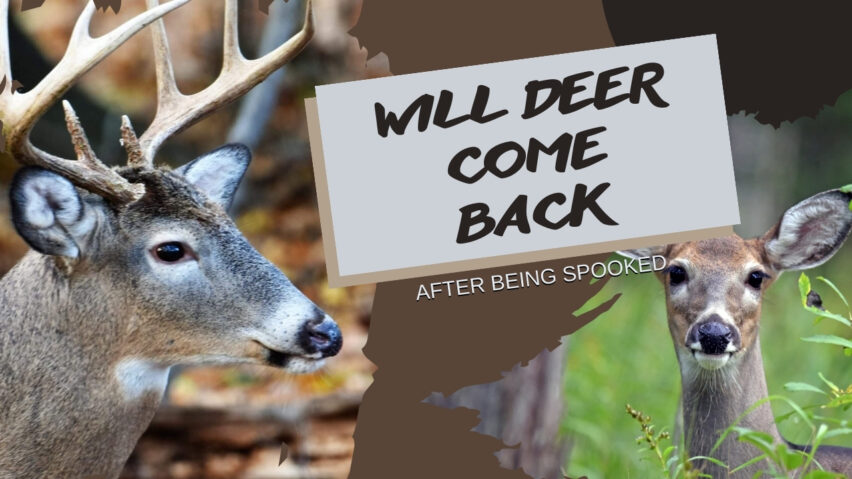Welcome to our comprehensive guide on understanding deer behavior, particularly when it comes to spooking and the likelihood of deer returning to an area after a scare. Deer are known for their skittishness and keen sense of danger, making them a challenging animal to hunt or observe.
In this article, we will explore the complexities of deer behavior, their movement patterns, and the factors that influence their flight response. Our goal is to provide you with valuable insights and practical tips on how to minimize spooking deer and increase your chances of success in hunting or wildlife observation.
Overview
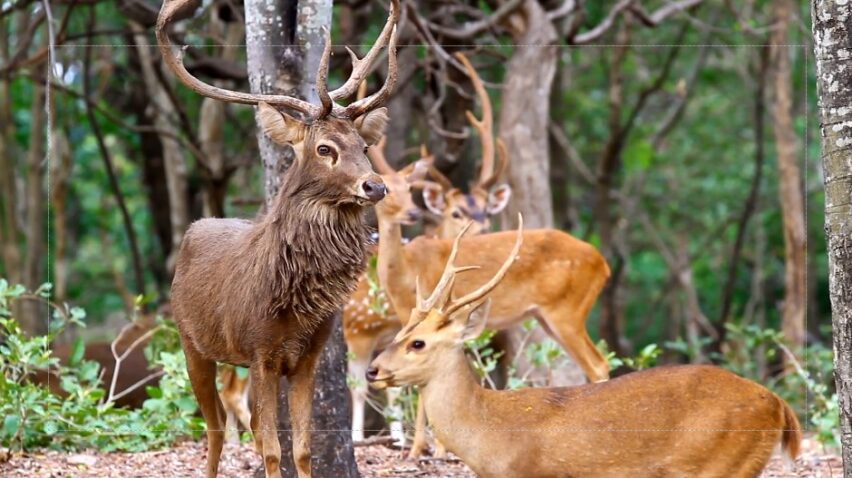
They are creatures of habit, following established routes and routines that help them meet their daily needs for food, water, and safety. Their movement patterns are influenced by several factors, including weather conditions, time of day, food availability, and the presence of predators. They tend to be most active during dawn and dusk, which is known as the crepuscular period.
This timing allows them to take advantage of the low light conditions to move around relatively undetected. Deers have a strong sense of home, often remaining within a specific range or territory throughout their lives. Within this range, they establish core areas where they spend the majority of their time.
These core areas typically contain an abundant food source, suitable bedding locations, and access to water. Understanding their movement patterns and the factors that influence them can give you valuable insights into how to effectively hunt or observe them in their natural habitat.
Explanation of How Deer Perceive Danger
They have highly developed senses that help them perceive and respond to potential threats in their environment. Their sense of smell is their primary defense mechanism, allowing them to detect predators or humans from a considerable distance. In addition, their keen hearing and excellent peripheral vision help them remain vigilant and aware of their surroundings.
They can be spooked by a variety of stimuli, including sudden movements, loud noises, and unfamiliar scents. Once a buck detects a potential threat, it will raise its tail to signal danger to others in the vicinity and initiate its flight response. The degree of the spooked response depends on the severity of the perceived threat and the individual deer’s temperament.
How Spooking Affects Behavior
When they are spooked, their immediate response is to flee to a safe location. The distance they travel during their flight response varies depending on the intensity of the threat and the deer’s previous experiences. Some of them may only retreat a short distance before stopping to assess the situation, while others may run several hundred yards or more before feeling safe.
A deer’s flight response is influenced by several factors, including its age, sex, and past encounters with predators or humans. Older, more experienced deers tend to have a stronger flight response and may be more cautious in returning to an area where they have been spooked. In contrast, younger, less experienced bucks may be more likely to return to the area relatively quickly.
How Long Do They Stay Away?
Several factors influence how long they will stay away from an area after being spooked. These include the severity of the perceived threat, the availability of alternative food sources, and the deer’s individual temperament. Ones that have been heavily pressured or spooked repeatedly may be more hesitant to return to an area, whereas bucks that perceive the threat as minor or isolated may return more quickly.
In general, the likelihood of a buck returning to an area after being spooked decreases as the intensity of the disturbance increases. However, if the area provides essential resources, such as food, water, or cover, deer are more likely to return despite previous scares. Additionally, the time of year and the deer’s reproductive status can also impact their willingness to return. For example, during the rut, bucks may be more likely to return to a location in pursuit of does, even if they have been spooked there before.
Ways to Minimize Spooking
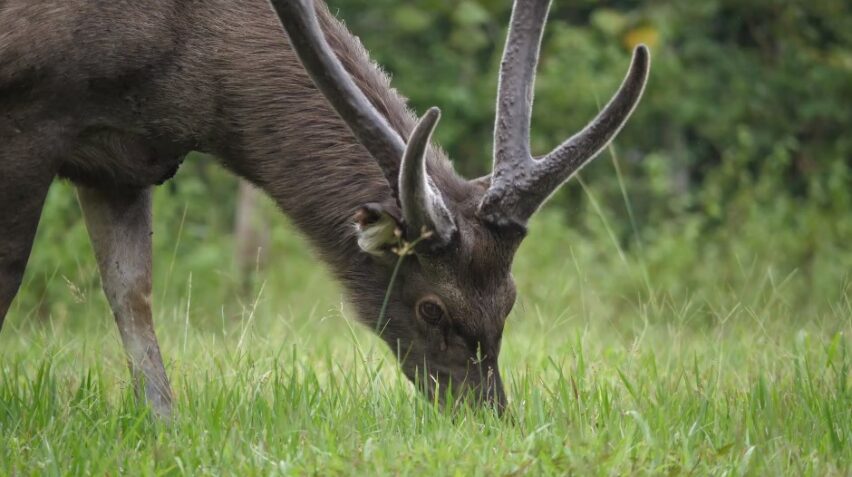
To increase your chances of success in hunting or observing deer, it’s essential to minimize the likelihood of spooking them. One of the most effective ways to do this is through scent control. This can be achieved by using scent-eliminating products, wearing scent-free clothing, and minimizing your contact with the environment. Noise reduction is another critical aspect of minimizing spooking.
Moving quietly and slowly through the woods, avoiding stepping on dry leaves or branches, and using gear designed to minimize noise can help you remain undetected by the animal. Additionally, planning your approach to hunting or observation areas with the wind direction in mind can help you stay downwind of deer, further reducing the chance of spooking them.
Tips for Hunting
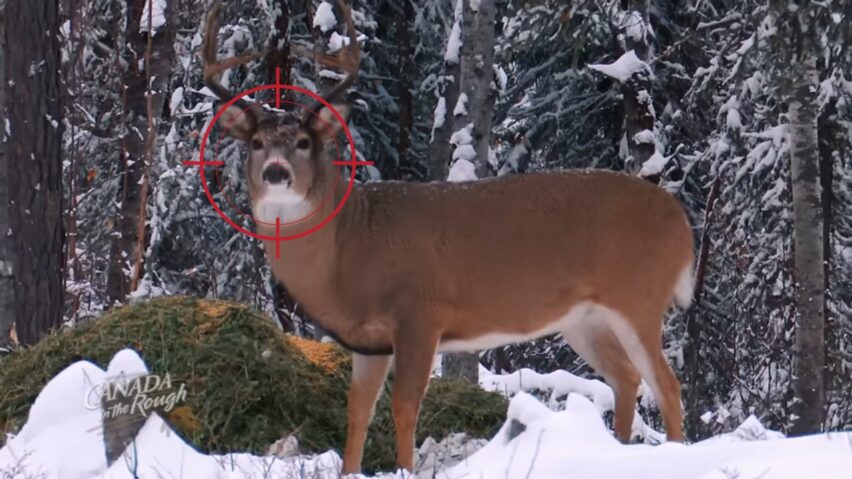
If you’ve spooked a deer, all hope is not lost. With patience and strategy, you can still have a successful hunt or observation experience. First, give it some time to calm down and assess the situation. This may take anywhere from a few minutes to several hours, depending on the intensity of the spook. Next, consider changing your position or approach. This can help you regain the element of surprise and increase your chances of encountering it again.
If possible, try to determine the direction in which the deer fled and move to intercept it at a likely crossing point or feeding area. Patience is key when hunting or observing after spooking them. They may be more cautious and alert, but if you’re patient and persistent, you may still have a successful encounter.
The Importance of Habitat and Food Sources
Providing a high-quality habitat with abundant food sources is essential for attracting deer back to an area after being spooked. They are more likely to return to an area that offers essential resources, such as food, water, and cover, even if they have experienced a scare there before. To create an attractive habitat, focus on providing diverse food sources, such as food plots, fruit trees, and mast-producing trees like oaks and hickories. Additionally, ensure there is a reliable water source and ample cover in the form of thickets, brush piles, and bedding areas.
Establish a Safe and Inviting Habitat
This involves creating an environment that provides them with their essential needs while minimizing disturbance. Begin by assessing the existing habitat and identifying areas that can be improved or enhanced. This may involve planting food plots, creating water sources, or enhancing cover by planting native shrubs and trees. Next, minimize human disturbance in the area by avoiding unnecessary visits, using quiet vehicles or equipment, and establishing designated hunting or observation zones.
This will help deer feel more secure and increase the likelihood that they will return after being spooked. Finally, maintain the habitat by regularly monitoring its condition, addressing any issues that arise, and adapting your management practices as needed to ensure the area remains attractive to deer.
FAQs
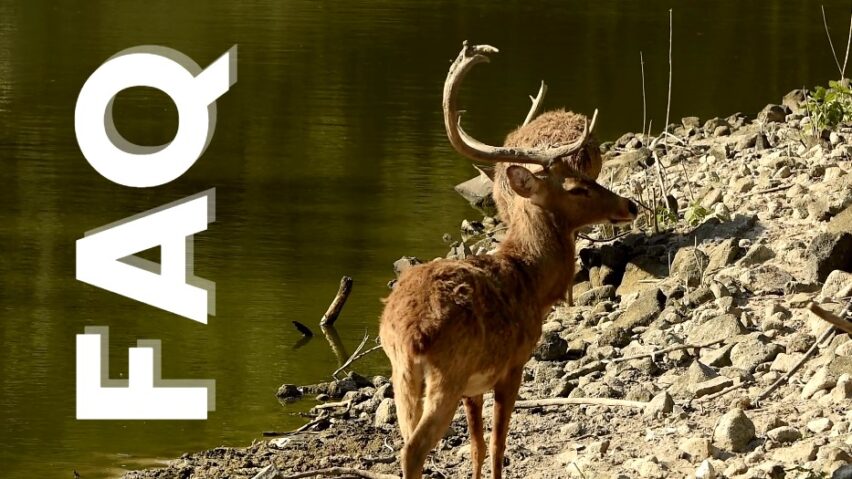
Can hunting pressure from other hunters in the area affect a deer’s willingness to return after being spooked?
Yes, hunting pressure from other hunters can contribute to a deer’s hesitance to return to an area after being spooked. High hunting pressure may cause deer to alter their movement patterns or seek out areas with less disturbance.
How does a deer’s age influence its flight response?
Older, more experienced deer tend to have stronger flight responses and may be more cautious in returning to an area where they have been spooked. Younger, less experienced deer may be more likely to return to the area relatively quickly.
What role does the rut play in a deer’s willingness to return after being spooked?
During the rut, bucks may be more likely to return to a location in pursuit of does, even if they have been spooked there before. Their focus on finding mates can make them less cautious and more willing to take risks, increasing the likelihood of returning after a disturbance.
Do deers have specific locations they prefer to flee to when spooked?
They often flee to areas where they feel safe and secure, such as dense cover or thickets. These areas provide protection from predators and allow them to assess the situation before deciding whether to return. The specific location may vary depending on the individual deer’s familiarity with its territory and the available cover options.
Can feeding deer on my property help attract them back after being spooked?
Providing a supplemental food source on your property can help attract them back after being spooked. However, it’s essential to create a balanced habitat that includes natural food sources, water, and cover, as well as practice scent control and noise reduction techniques to minimize the chances of spooking them again.
Are certain times of day better for observing or hunting deer without spooking them?
They are most active during dawn and dusk, known as the crepuscular period. These low-light conditions make it easier for them to move around relatively undetected, which can increase your chances of observing or hunting them without spooking them. However, it’s crucial to remain cautious and practice scent control and noise reduction techniques during these times as well.
Can using trail cameras or other monitoring devices help me track deer movements without spooking them?
Trail cameras and other monitoring devices can be a valuable tools for tracking their movements without spooking them. However, it’s essential to place the cameras strategically, avoid frequent visits to check them, and use scent control techniques when handling the devices to minimize the chances of disturbing the deer. Additionally, some deer may become wary of cameras if they repeatedly encounter them, so consider rotating camera locations to reduce the likelihood of habituation.
Conclusion
In conclusion, they can and do come back to an area after being spooked, particularly if the right conditions are present. Understanding behavior, movement patterns, and the factors that influence their flight response is crucial for minimizing the likelihood of spooking them in the first place. By employing scent control and noise reduction techniques, you can increase your chances of success in hunting or observing deer without scaring them away.
If you do spook a deer, remember that patience and strategy are key to having a successful encounter afterward. Give the animal time to calm down, adjust your approach, and remain persistent. In addition, creating a safe and inviting deer habitat that offers abundant food sources, water, and cover can significantly increase the likelihood of deer returning to an area after being spooked.
By mastering the complexities of their behavior and implementing the tips and strategies discussed in this article, you can improve your chances of success in hunting or observing these elusive and fascinating animals. So, whether you’re an experienced hunter or a wildlife enthusiast, remember that understanding their behavior and minimizing disturbance is key to enjoying successful and rewarding encounters with these magnificent creatures.

